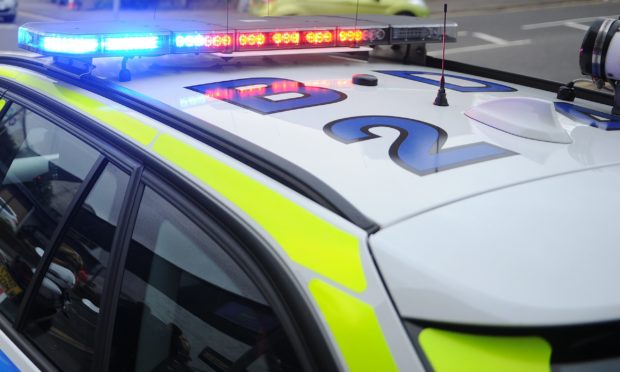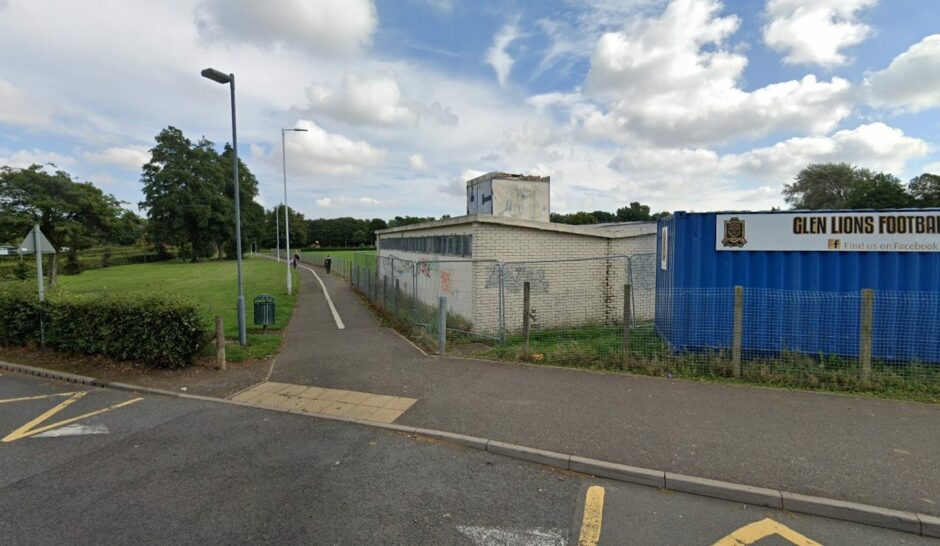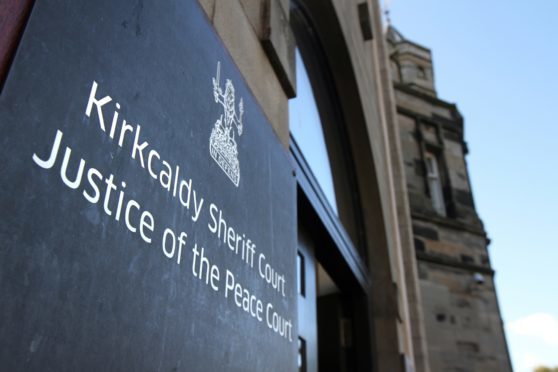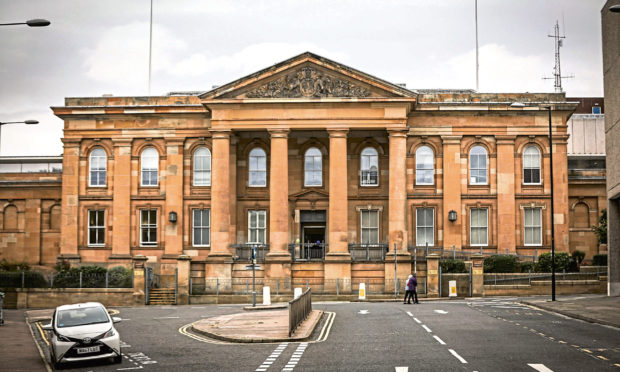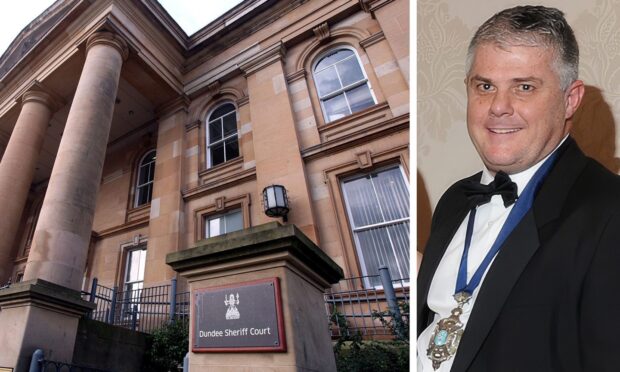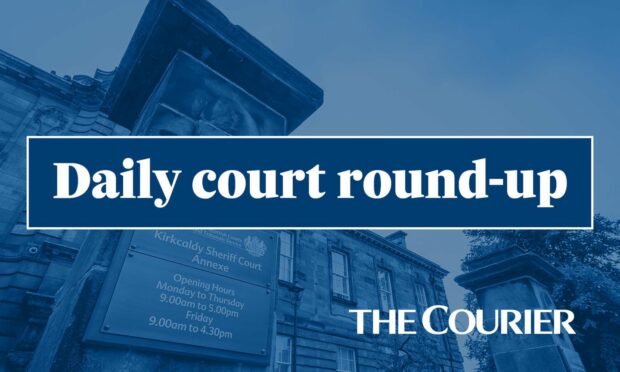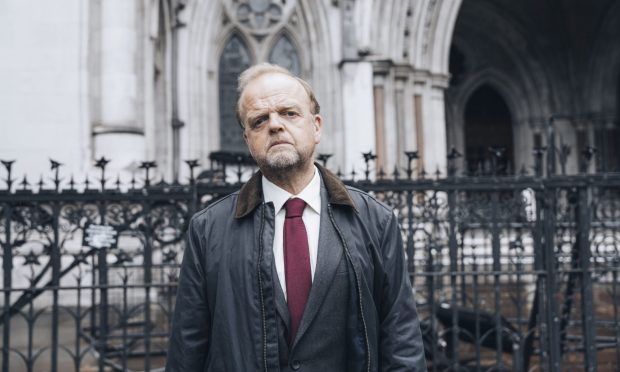The trial of a Fife police officer accused of ramming a teenage cyclist off his bike has heard that her pursuit of him was not in line with training.
PC Kayleigh Simpson is accused of striking a 15-year-old cyclist whilst driving a marked Peugeot 308 on a cycle path near Auchmuty High School in Glenrothes.
Prosecutors claim he was injured when he was knocked off to the ground.
At the start of the trial in May, the boy, now 17, told the court that the officer was “using fear tactics” as he cycled through the town’s Rimbleton area on the evening of March 15 2020.
Simpson, 34, denies the dangerous driving charge.
This week, the trial heard evidence from her fellow constables, who said pursuits must be controlled because “ultimately we could end up with a loss of life”.
The laws of police pursuits
The court heard evidence that while squad cars are in response mode with blue lights and sirens they can break some highway code rules, such as speed limits and running red lights.
But police giving evidence explained that officers are never trained to make contact during pursuits.
Retired sergeant Stuart Murray gave evidence, having been asked a month after the alleged incident to provide an opinion on the driving.
The sergeant, who was not actively involved in the collision investigation, used witness statements to assess if PC Simpson’s driving was in line with training she received.
He explained that police officers are not taught to collide with other vehicles.
“I concluded that it didn’t meet the standard,” he said. “They collided with the rear of the pedal cycle.
“If you’ve collided with something close, it’s not taught, so that’s a mistake.”
Mr Murray explained that officers should be a safe enough distance behind vehicles they are pursuing.
In cross-examination, he said it was for the officer to risk assess their decisions and to justify them afterwards.
Fears for ‘loss of life’
PC Sean Owen also gave evidence at the trial this week. The constable has 13 years’ police service and works instructing and investigating police driving.
He said: “The expectation is vehicles would not be in that area.
“I think every police officer at some point in their service will have driven down a footpath.
“If we’re looking at pursuit, that’s a different matter.”
PC Owen said that if he was in a control room and was asked for authorisation to pursue a pedal cyclist he would decline.
“If you don’t control pursuits, ultimately you could end up with a loss of life.”
Simpson denies a charge that, at a cycle path adjacent to Auchmuty High School, south of Dovecot Road, she drove a marked white Peugeot dangerously as she followed a 15-year-old boy and collided with him, injuring him and damaging his bike.
The trial, before Sheriff Alison McKay, continues on September 27.
